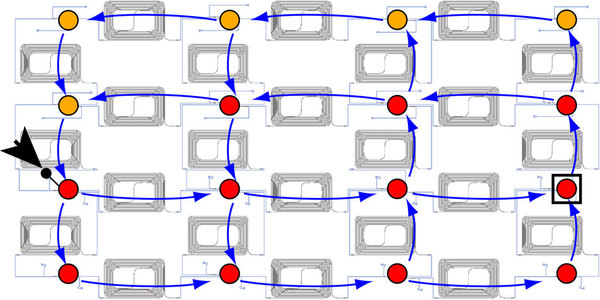Researchers from Ghent University came up with a breakthrough approach by demonstrating processing of information on a chip, mechanism of which was based on the functioning of human brain. Artificial neural networks or the bio inspired technique has been used in the past to bring about complex tasks which otherwise would have been tricky to solve by rule-based programming like computer vision and speech recognition.
The researchers applied 16 nodes of neural network directly in hardware with the help of silicon photonics chip. Unlike the traditional computer chips that require electricity for carrying information, the mode of the current chips is light. Experts claim that the proposed approach has an advantage over high speeds and it consumes less power relatively.
Successful demonstrations have proved the efficacy of the new approach in tasks like random computations with memory having a stream of data in binary form, header recognition that is used in telecom networks, representing address where the data is to be mailed. Lastly, in speech recognition, by identifying individual spoken digits like ‘one’, ‘two’, ‘three’ and so on.
This evolution in silicon photonics chip is the consequence of maneuvering the optical phase for computing claim the researchers. They envision that it could be scalable to bigger networks with higher bitrates, which could be more than 100 Gbit s−1 speed.
Source: Nature.com




